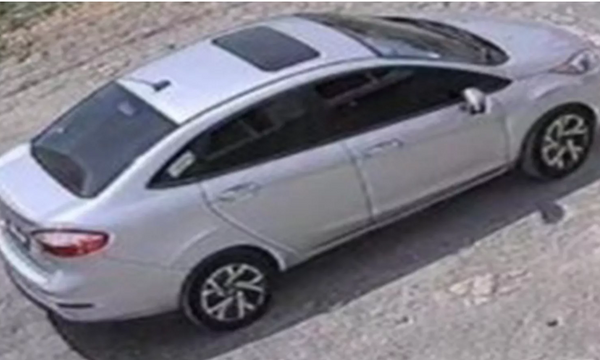Ford (F) wants to put the odds on its side in the battle for leadership in the electric vehicle market.
The Dearborn, Mich.-based automaker is looking at anything that can give it an edge over its major rivals. It also wants to get rid of everything that is holding it back against Tesla (TSLA), its No. 1 rival, according to CEO Jim Farley.
Ford began by reorganizing is manufacturing operations. It separated internal combustion engine (ICE) cars or gasoline cars from battery electric vehicles (BEV). The purpose of this reorganization is to allow Ford Model e, the new entity of electric vehicles, to operate more like a startup, that is to say more agile and carrying out over-the-air updates as innovations are made.
Ford Wants to Review Its Distribution Network
The company has also decided to launch electric versions of its most legendary models in the hope of seducing consumers with names that speak to them or bring back memories. This is how the Ford Mustang Mach-E crossover was one of the first electric models marketed by the group. Ford then released the F-150 Lightning pickup/truck, the electric version of the iconic F-150, the best-selling vehicle in the United States for many decades.
The automaker wants to deploy another weapon to allow it to play on equal terms with Tesla. Indeed, Farley would like to convince the company's dealers to considerably reduce the cost of delivering an electric vehicle to consumers, reports Reuters.
The chief executive officer will make this request during a meeting next week in Las Vegas with the dealers. The demand will come as part of new agreements on how dealers sell electric vehicles produced by Ford, Reuters said citing unnamed sources.
Ford did not immediately respond to a request for comment.
"We're working with our dealers to create a retail model better than what's offered by any traditional OEM [original equipment manufacturer] and better than the start-ups who are now scrambling to develop sales and service networks to support customers in an attempt to sustain and grow share," Farley told analysts during the second-quarter earnings' call.
Pressed by analysts, he then indicated that "we have to get this $2,000 out of our distribution cost to be competitive" with Tesla, Rivian (RIVN) and Chinese EV makers. He pointed out that what all these rivals have in common is that they sell directly to consumers without going through dealerships.
Do Like Tesla?
One-third of the $2,000 savings could come from implementing a new distribution system that Farley calls a "low inventory model." "The customer orders a vehicle, and then we ship the vehicle to the customer. That's what I mean by a low inventory model. We have to go to that," he explained.
"We think that's about -- worth maybe $600, $700 in our system. Another one is all the selling, SG&A [selling, general and administrative expenses], and advertising costs. We have three tiers of marketing. We think that's another $600 a vehicle," the CEO added.
He continued:
"We're going to simplify that. And we're going to just shift where the e-commerce platform that we don't have today -- all of our e-customers have a very predictable experience, whether they're in a dealership or in their bunny slippers, and they'll have a very simple, transparent, very easy purchase process. And we're going to invest."
Basically, Ford is not ruling out a Tesla-like system, with a website where consumers can order their vehicle directly from the manufacturer and where it can adjust prices when necessary and enjoy the benefits of an increase price.
One of Tesla's advantages over its rivals is in fact that the disruptor is not bound by franchise agreements, even if this means that it is absent in certain states. The system thus allows Tesla to deliver the vehicle to the customer as soon as it is ready and to avoid additional dealer-related costs.
Ford is not the only legacy carmaker to want to review its distribution network. General Motors (GM) has just offered buyouts to U.S. Buick dealers who do not want to make the necessary investments when the brand is going to go all-electric.







